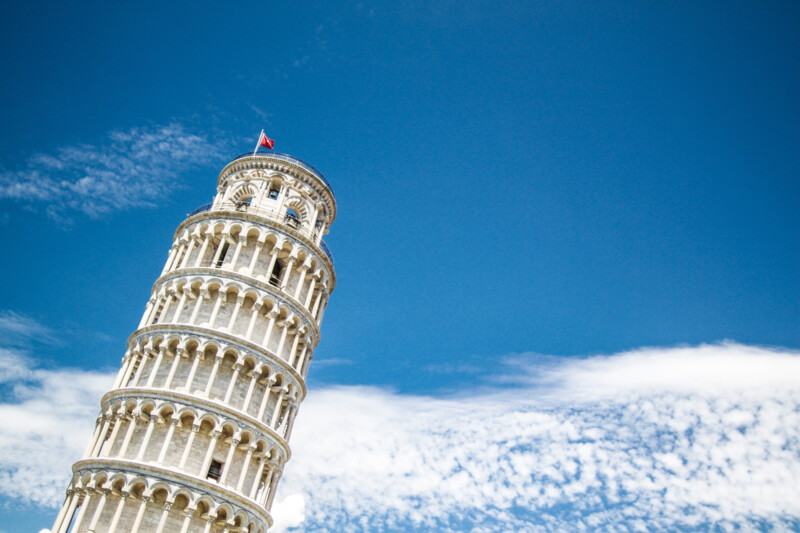La démission du Premier ministre italien Mario Draghi et les élections législatives du 25 septembre inquiètent les marchés, qui craignent l’arrivée au pouvoir de l’extrême droite. Les filiales italiennes de BNP Paribas et de Crédit Agricole font partie des 14 grandes banques de la Péninsule à avoir été placées sous perspective négative par l’agence de notation Moody’s.
L’Italie, un des principaux marchés de BNP Paribas et Crédit Agricole
L’incertitude politique en Italie a d’ores et déjà des conséquences économiques pour les banques du pays, et notamment pour les filiales italiennes de BNP Paribas et de Crédit Agricole.
Le 9 août, l’agence de notation Moody’s a placé BNL (Banca Nazionale del Lavoro), la filiale italienne de BNP Paribas, et Crédit Agricole Italia sous perspective négative. Cette décision laisse entrevoir, à moyen terme, une probable dégradation de la note de ces deux banques, tout comme de celles des 12 autres grandes banques italiennes concernées.
L’impact est loin d’être négligeable pour BNP Paribas et Crédit Agricole, pour qui l’Italie est aujourd’hui, après la France, l’un des principaux marchés. Crédit Agricole compte 16 000 employés en Italie, qui est son deuxième marché avec 3,7 milliards d'euros de revenus en 2021.
Quant à BNP Paribas, sa filiale italienne compte 17 000 collaborateurs et lui a rapporté près de 5 milliards d’euros de revenus l’an dernier. Pour le géant bancaire, l’Italie est, après la France, un marché de grande importance, au même titre que la Belgique.
Les banques italiennes confrontées à plusieurs risques
La perspective négative est légitimée, selon Moody’s, par plusieurs risques auxquels sont confrontées les 14 grandes banques italiennes.
Tout d’abord, la crise politique, mais aussi la dépendance italienne au gaz russe, pourraient mettre à mal la confiance des consommateurs et des entreprises. Les créances douteuses risqueraient alors de s’accumuler en cas de difficultés de remboursement de la part des emprunteurs.
Par ailleurs, si la note attribuée à l’Italie devait être abaissée, il en irait de même pour le rating de certaines banques italiennes. En effet, comme l’explique l’agence de notation, la note souveraine attribuée à un État est généralement supérieure aux notes des banques en activité dans ce même pays.
Enfin, la hausse brutale du taux d’emprunt italien à 10 ans, ainsi que l’écartement croissant des coûts d’emprunts des pays d’Europe du Sud, ne sont pas sans rappeler la crise qui avait frappé la zone euro en 2011.
Si les taux planchers appliqués par la Banque centrale européenne depuis 10 ans écartaient jusqu’ici le spectre d’une nouvelle crise, la tendance commence à s’inverser sous la pression de l’inflation, qui a poussé la BCE à relever ses taux directeurs de 50 points de base.
A la fin de l’année dernière, le montant de l’exposition de Crédit Agricole à la dette italienne était de 15,8 milliards d'euros, et de 9,4 milliards d'euros pour BNP Paribas.
